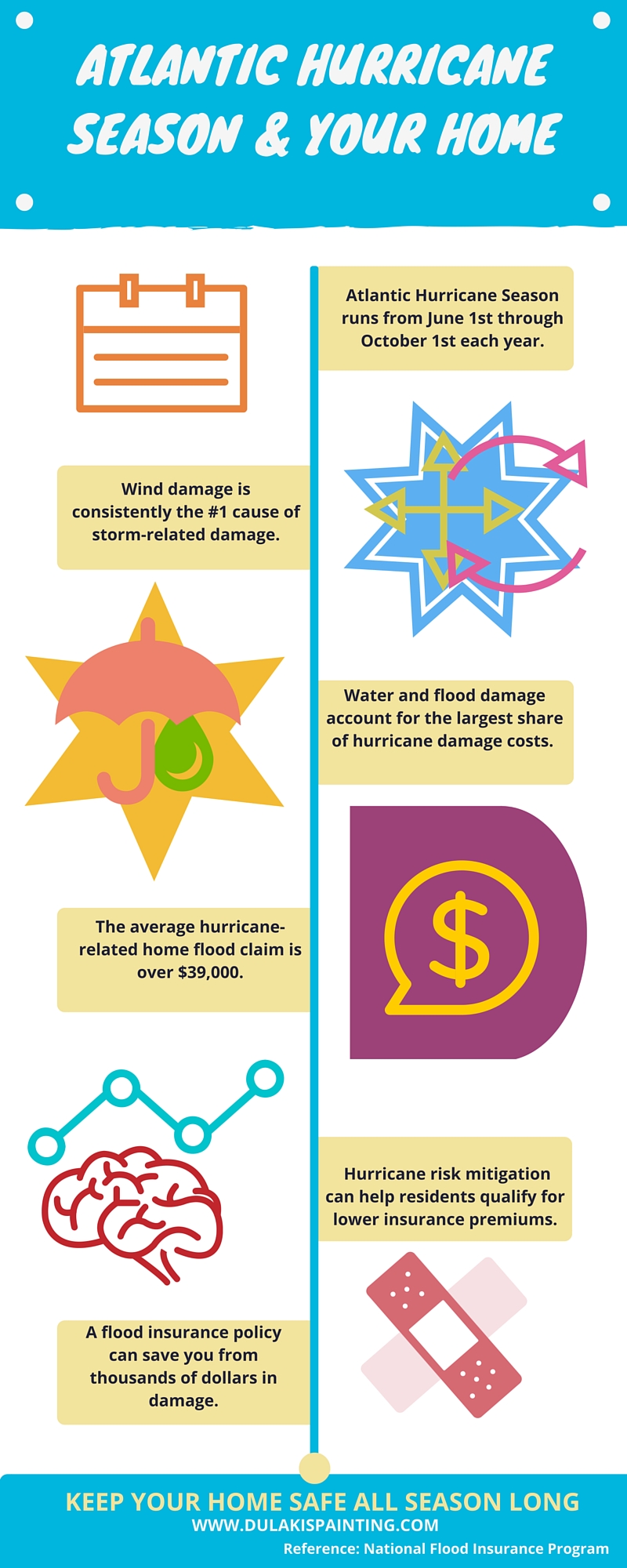Variables To Think About For Industrial Exterior Painting By Season: Necessary Information You Need To Have
Variables To Think About For Industrial Exterior Painting By Season: Necessary Information You Need To Have
Blog Article
Authored By-Leach Rosendal
When you're preparing a business outside paint project, seasonal variables can make or damage your outcomes. You'll want to take into consideration how temperature level and humidity impact paint application and drying times. Choosing the best season can guarantee your paint adheres appropriately and lasts longer. Yet which seasons are genuinely the most effective for this type of job? Allow' learn this here now out the key elements that can influence your project's success.
The Influence of Temperature Level on Paint Application
When you're intending an industrial outside paint task, the temperature can dramatically influence just how well the paint sticks and dries.
Ideally, you wish to repaint when temperature levels vary in between 50 ° F and 85 ° F. If it's too cold, the paint may not cure appropriately, bring about concerns like peeling off or cracking.
On the other hand, if it's also warm, the paint can dry as well promptly, stopping appropriate attachment and causing an unequal coating.
You need to additionally take into consideration the time of day; early morning or late afternoon provides cooler temperatures, which can be more beneficial.
Always check the manufacturer's referrals for the specific paint you're utilizing, as they typically give support on the suitable temperature level array for optimal outcomes.
Humidity and Its Effect on Drying Times
Temperature isn't the only ecological variable that affects your business exterior painting project; humidity plays a substantial duty also. High humidity degrees can slow down drying out times dramatically, impacting the overall high quality of your paint job.
When the air is saturated with wetness, the paint takes longer to cure, which can lead to concerns like bad adhesion and a higher risk of mold development. If you're repainting on an especially moist day, be gotten ready for prolonged wait times in between layers.
It's critical to monitor neighborhood weather and plan as necessary. Preferably, aim for humidity levels in between 40% and 70% for ideal drying out.
Keeping these factors in mind guarantees your project remains on track and provides a long lasting surface.
Best Seasons for Commercial Exterior Painting Projects
What's the best time of year for your business external paint projects?
Springtime and very early autumn are commonly your best choices. During these periods, temperature levels are light, and moisture degrees are frequently lower, developing excellent problems for paint application and drying.
Prevent summer season's intense heat, which can cause paint to completely dry also quickly, causing bad bond and coating. Likewise, wintertime's chilly temperature levels can impede correct drying and treating, risking the longevity of your paint task.
Aim for days with temperature levels between 50 ° F and 85 ° F for optimum outcomes. Remember to inspect the local weather prediction for rainfall, as wet conditions can ruin your job.
Preparation around these aspects ensures your paint project runs efficiently and lasts much longer.
Final thought
Finally, preparing your commercial external paint projects around seasonal factors to consider can make a significant difference in the outcome. By scheduling work throughout the excellent temperatures and humidity levels, you'll ensure much better bond and drying out times. Keep in https://interiorhomepaintersnearm22210.gynoblog.com/33510419/discover-the-important-concerns-to-posture-prior-to-involving-residence-painters-and-unveil-the-methods-for-refreshing-your-home-with-a-brand-new-coat-of-paint to keep an eye on regional weather forecasts and pick the correct time of year-- springtime and early autumn are your best choices. Taking these actions will aid you attain a durable and professional coating that lasts.
